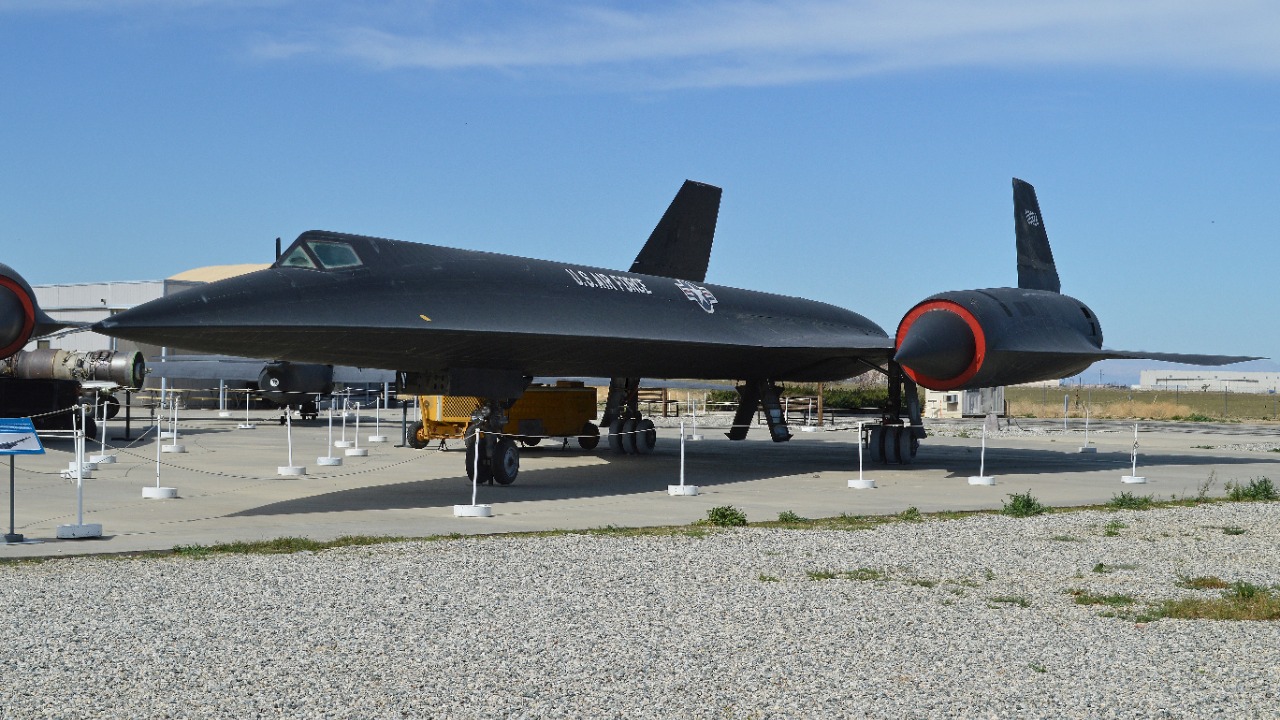
The A-12 Oxcart, a remarkable yet lesser-known aircraft, laid the groundwork for what would eventually become its more famous successor, the SR-71 Blackbird. This high-speed, high-altitude reconnaissance plane played a pivotal role during the height of the Cold War, showcasing technological advancements that were years ahead of their time. By delving into the A-12’s secretive history, from its development to its eventual replacement, we gain insight into a key chapter of aviation history.
Origins and Development of the A-12
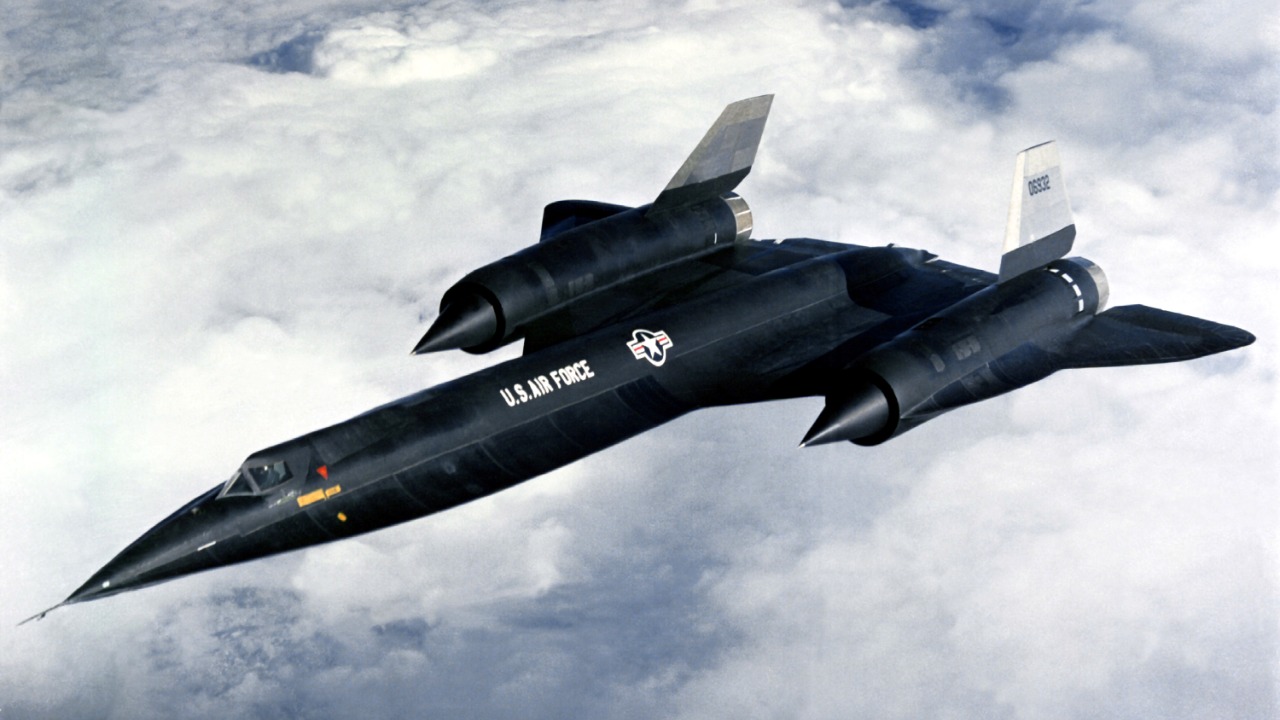
Genesis of the Oxcart Program
The A-12 Oxcart program emerged out of a necessity to replace the U-2 spy plane, which had become increasingly vulnerable to Soviet air defenses. Initiated by the CIA, this ambitious program aimed to create an aircraft capable of flying higher and faster than its predecessor. Lockheed’s Skunk Works, led by the visionary engineer Clarence “Kelly” Johnson, was tasked with bringing this concept to life. Johnson’s leadership was crucial, as he had previously spearheaded the development of the U-2, and his experience and innovative thinking laid the foundation for the A-12’s design.
The need for a new reconnaissance aircraft became even more pressing after the U-2 incident in 1960, when a U-2 was shot down over Soviet territory. This event underscored the vulnerability of existing technology and accelerated the need for a new solution. The Oxcart program, shrouded in secrecy, began to take shape with the goal of achieving unprecedented speed and stealth capabilities.
Technological Innovations
The A-12’s development was a marvel of engineering, incorporating groundbreaking materials and technologies. One of the most significant challenges was managing the extreme heat generated by sustained flight at Mach 3 speeds. To address this, the A-12’s airframe was constructed using titanium, a material that could withstand the intense temperatures encountered at such high velocities. This was a revolutionary approach at the time, as titanium was notoriously difficult to work with, but its benefits were undeniable.
Another critical advancement was the development of the J58 engines, which were specifically designed to propel the A-12 at speeds exceeding 2,200 miles per hour. These engines featured a unique bleed-bypass system that allowed them to operate efficiently at both subsonic and supersonic speeds. The combination of these innovations enabled the A-12 to achieve its remarkable performance, setting the stage for future high-speed aircraft.
Operational Use and Missions
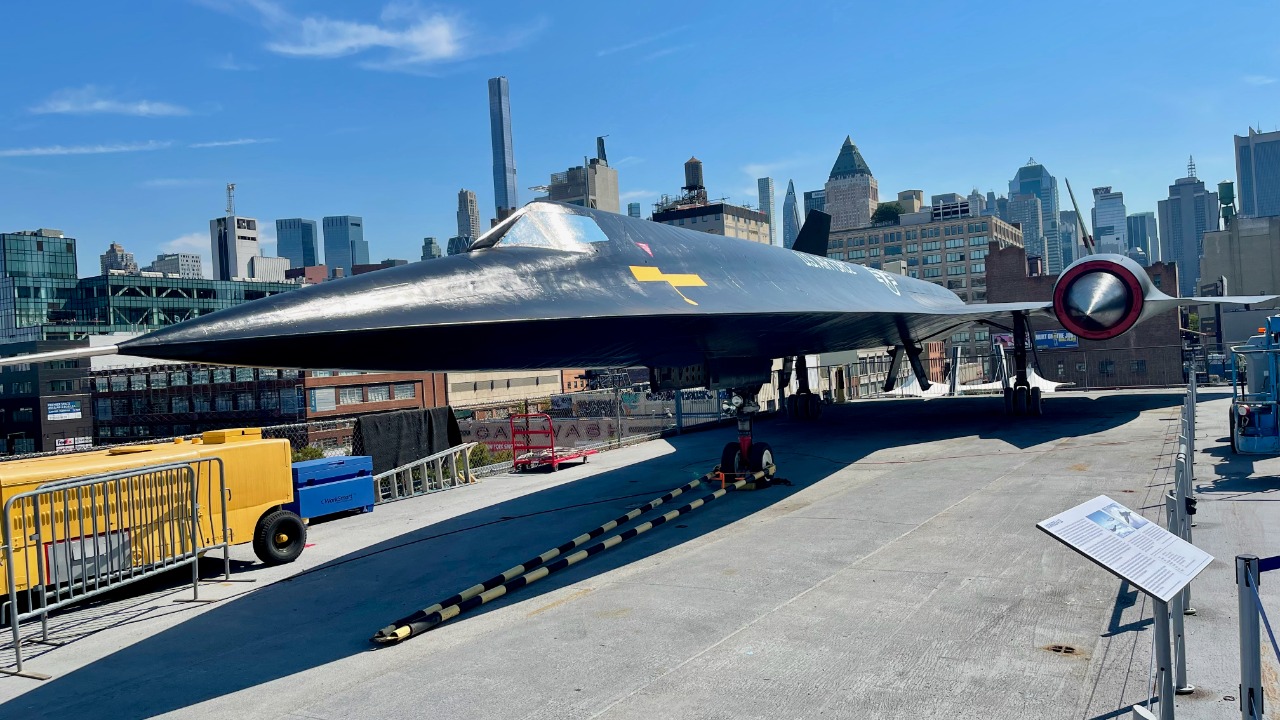
Stealth and Speed in Action
The A-12 was deployed for high-altitude reconnaissance missions, often flying over hostile territories where detection could have dire consequences. Its design emphasized stealth, with advanced radar evasion techniques that reduced its radar cross-section and made it difficult for enemy forces to track. These capabilities allowed the A-12 to gather critical intelligence while minimizing the risk of interception.
During its operational period, the A-12 conducted numerous missions that were vital to national security. Its ability to fly at altitudes exceeding 85,000 feet and at speeds greater than three times the speed of sound made it an invaluable asset for intelligence gathering. However, the rapid pace of technological advancements meant that the A-12’s operational window was relatively short-lived, as newer and more capable aircraft were developed.
Notable Missions and Achievements
Despite its limited operational lifespan, the A-12 achieved significant successes in its missions. Perhaps one of its most notable accomplishments was its role during the Cold War, where it gathered intelligence that informed key strategic decisions. The A-12 proved its worth in missions over Southeast Asia and other regions, where its speed and altitude capabilities were put to the test.
One of the A-12’s crowning achievements was its ability to evade detection and deliver intelligence without engaging in direct conflict. This capability was crucial during a time when tensions between superpowers were high, and any misstep could have escalated into a larger conflict. The A-12’s contributions to national security, although often overshadowed by its successor, remain a testament to its effectiveness and innovation.
The Secrecy Surrounding the A-12
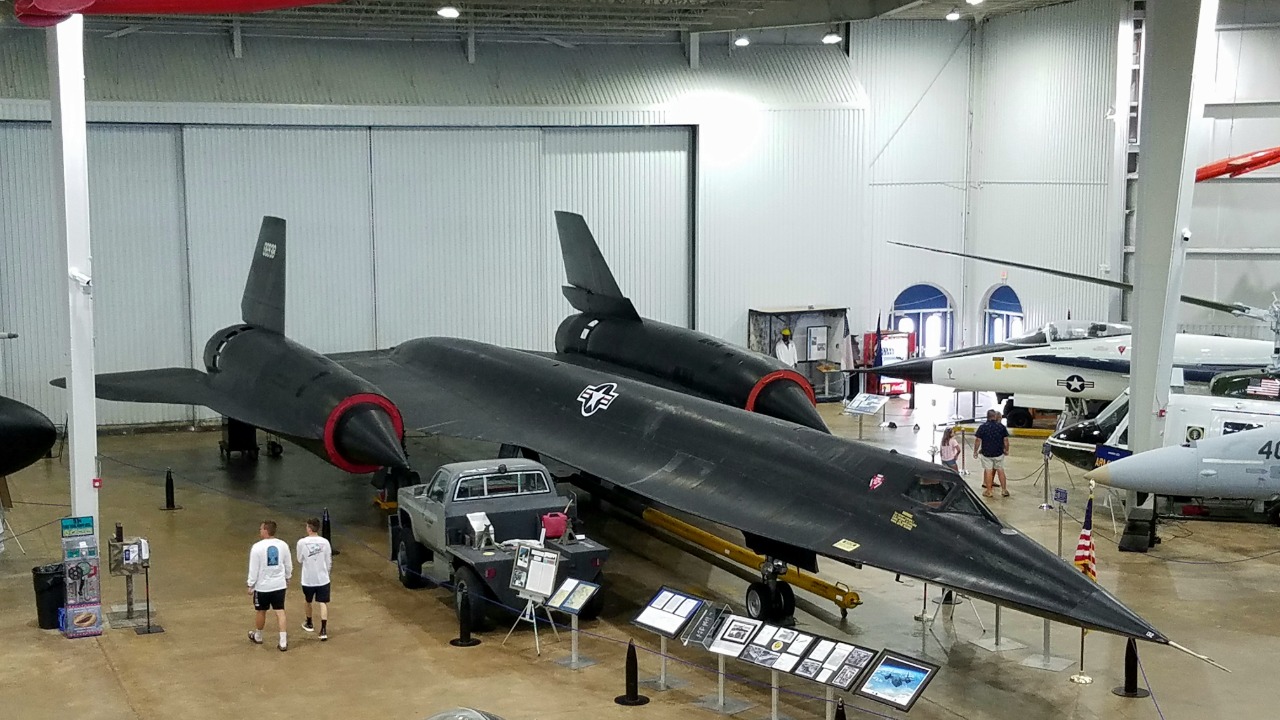
Reasons for Classification
The A-12 program was enveloped in secrecy from its inception, primarily due to concerns over international espionage and the potential for security breaches. The aircraft’s advanced technologies were considered cutting-edge, and there was a significant risk that adversaries could gain access to sensitive information. As a result, stringent measures were taken to keep the program under wraps, limiting the number of individuals who were aware of its existence.
This secrecy extended beyond the technical aspects of the aircraft, encompassing its missions and capabilities. The potential implications of the A-12’s technology falling into the wrong hands were deemed too great, leading to an extensive classification effort that persisted even after the aircraft was retired from service.
Impact of Secrecy on Legacy
The veil of secrecy surrounding the A-12 had a lasting impact on its legacy. For many years, the aircraft remained relatively unknown to the public, with details only emerging after its declassification. This lack of awareness led to misunderstandings and myths about the A-12’s capabilities and missions, with some even questioning the necessity of its development.
However, as more information has become available, the A-12’s contributions to aviation history have been increasingly recognized. The aircraft’s innovative design and successful missions have garnered interest from aviation enthusiasts and researchers alike, who continue to explore its impact on modern aerospace engineering. The A-12’s story is one of remarkable achievement, despite the constraints of its classified existence.
The Transition to the SR-71
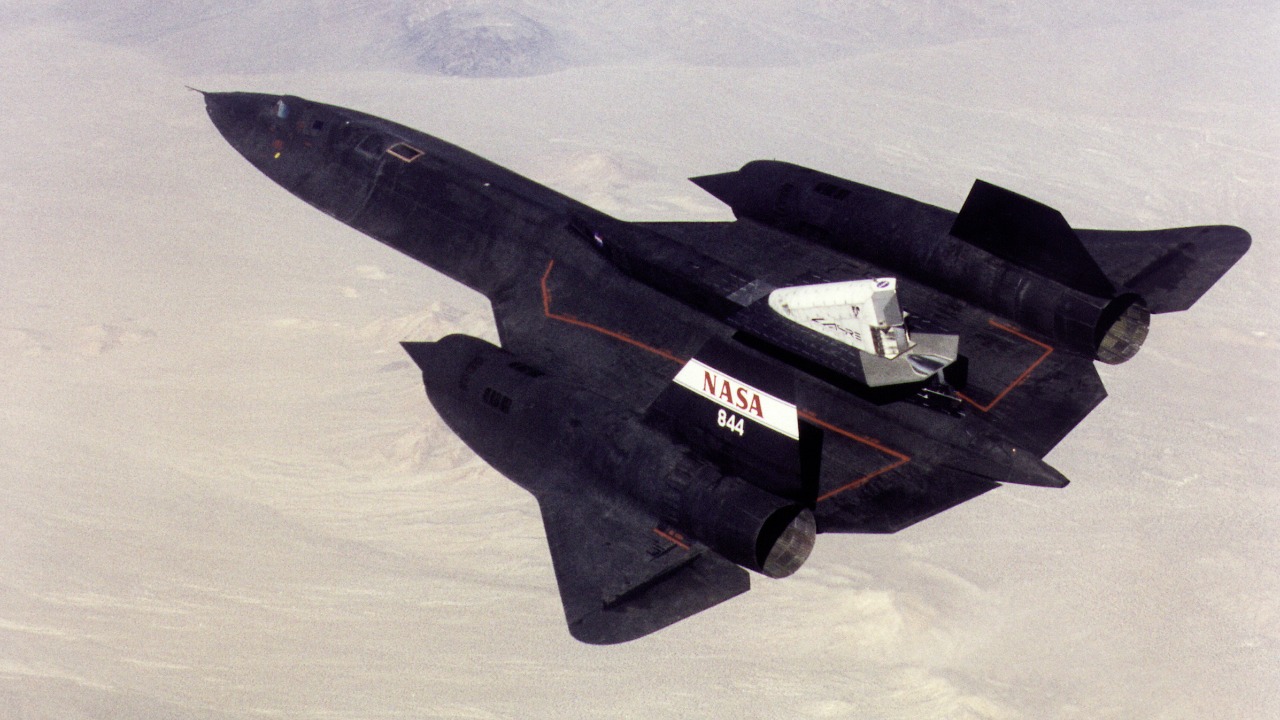
Why the Shift to the SR-71?
The transition from the A-12 to the SR-71 was driven by the need for expanded operational capabilities and improved design. While the A-12 was a remarkable aircraft, the SR-71 offered several enhancements, including a larger payload capacity, increased range, and more advanced sensor systems. These improvements made the SR-71 a more versatile platform for intelligence gathering and reconnaissance missions.
The decision to shift focus to the SR-71 was influenced by both political and military considerations. The SR-71’s capabilities aligned more closely with the evolving strategic needs of the U.S. military, and its development represented a natural progression in the field of high-speed reconnaissance aircraft. As a result, the SR-71 eventually replaced the A-12, carrying forward the legacy of its predecessor.
Legacy and Influence on Future Aircraft
The lessons learned from the A-12’s development and operational use had a profound impact on future aircraft design. The innovations pioneered by the A-12 set the stage for subsequent advances in aerospace engineering, influencing the design of not only the SR-71 but also other reconnaissance and military aircraft. The A-12’s legacy can be seen in the continued emphasis on speed, altitude, and stealth in modern aviation.
In addition to its technical contributions, the A-12 also played a crucial role in changing the perception of what was possible in aviation. Its success demonstrated the potential of new materials and technologies, paving the way for future innovations. Today, the A-12 is remembered as a critical stepping stone in the evolution of reconnaissance aircraft, with its influence still felt in the development of cutting-edge aerospace technologies.
Reflections on the A-12’s Place in History
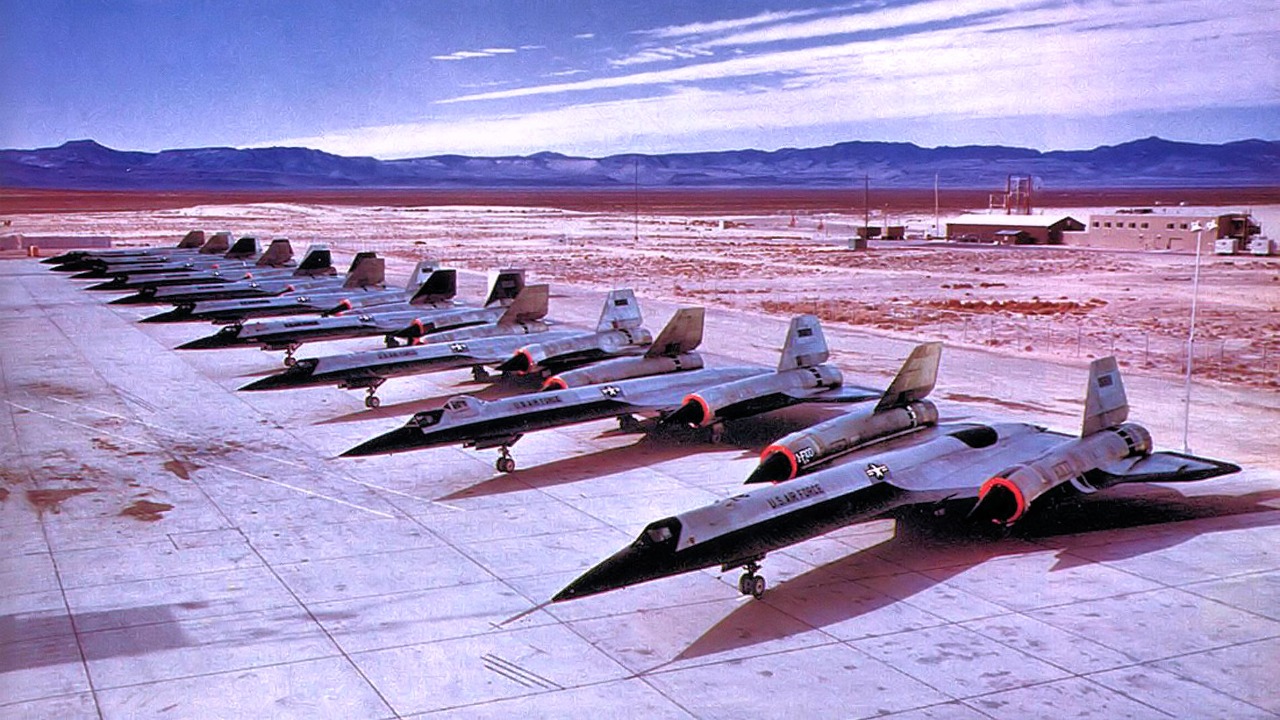
Comparison with the SR-71
When comparing the A-12 with its successor, the SR-71, it is important to recognize the differences in performance and technological advancements. The A-12 was an impressive achievement in its own right, with capabilities that were unmatched at the time of its development. However, the SR-71 built upon the foundation established by the A-12, incorporating enhancements that allowed it to exceed the performance of its predecessor.
The A-12’s role as a stepping stone in aviation history cannot be understated. It represented a significant leap forward in terms of speed and altitude, setting new standards for reconnaissance aircraft. The knowledge and experience gained from the A-12’s development informed the design of the SR-71, which went on to serve as the premier reconnaissance aircraft for decades.
Recognition and Commemoration
Efforts to honor the contributions of A-12 pilots and engineers have gained traction in recent years, as more information about the aircraft has become available. These individuals played a crucial role in advancing aviation technology, and their work continues to be celebrated by aerospace communities and enthusiasts.
The A-12’s story has sparked ongoing interest and research, with many seeking to uncover the full extent of its impact on aviation history. As more details emerge, the aircraft’s legacy is becoming increasingly appreciated, with its contributions to national security and aerospace engineering earning recognition from both historians and the general public. The A-12 remains a testament to the ingenuity and determination of those who dared to push the boundaries of what was possible in aviation.